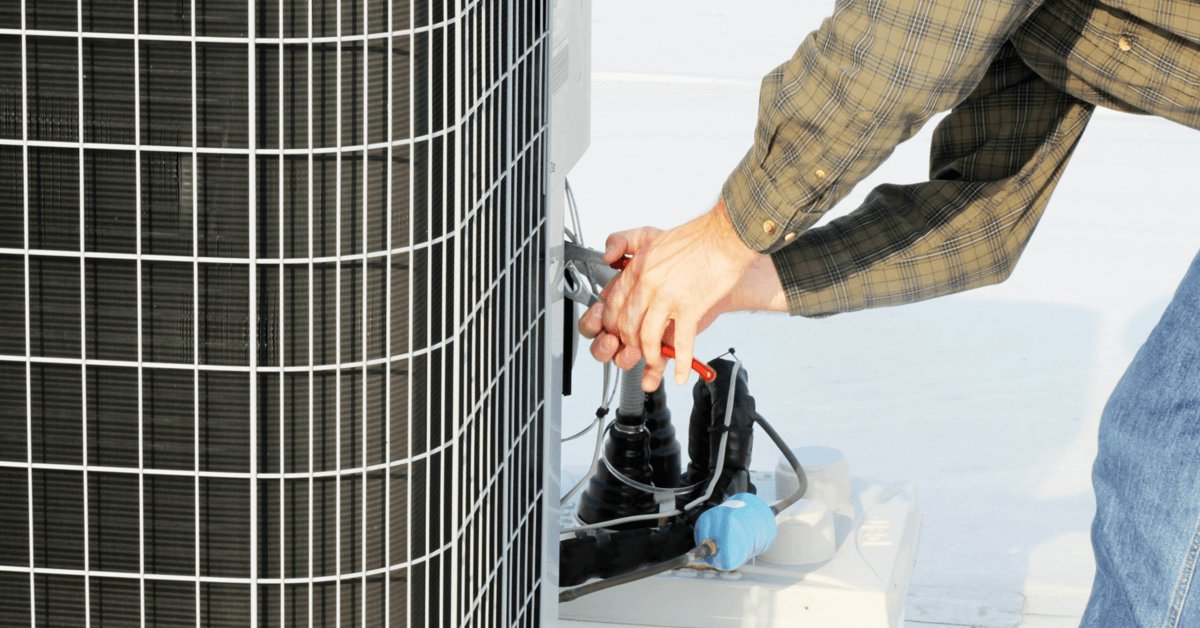The HVAC Inspection Checklist: What should you put on yours?
By My Service Depot on Tuesday, August 13, 2019A good HVAC inspection checklist can help techs catch any issues during routine preventative maintenance.
Preventative maintenance is smart. This valuable service helps your clients know when problems form and gives them the opportunity to take action to prevent those issue from getting worse. In turn, regular preventative maintenance may help your clients avoid a catastrophic issue—like no heat in the middle of winter—as you can catch many potential misfortunes ahead of time. Plus, just as importantly, preventative maintenance offers an opportunity for your HVAC company to generate some regular income for providing this precious service check. It’s a win-win—but only if you do it right.
For best results, prepare an exhaustive inspection checklist for your preventative maintenance inspections. This will help your technicians avoid missing any potential issues. Your inspection checklist needs to be comprehensive to be effective. You may decide to offer a maintenance inspection annually or for the change of the HVAC season (i.e., when you go from AC to heat or vice versa). Either way, you should include the following:
Inspect homeowner maintenance.
The first thing you should check? Make sure that the homeowners have done their part. For instance, make sure to check the furnace filters to see that they have been replaced. Even if the owner has followed the replacement schedule you set (say once a month or season), they still may have an issue with contaminants clogging the works.
Don’t forget the thermostat.
Also, check the thermostat—especially if it is a programmable or smart device. As the seasons change, the time of day that your customers will want specific temperatures in their homes will change too. Unfortunately, many homeowners forget to double-check their settings and then they wonder why the house doesn’t feel right, so take the steps to check it yourself.
Review air flow.
Next, go on to check the overall flow of air in the home. Go around to each register and make sure that the grates are clean and that there is nothing blocking them (like a rug, dog bed, or piece of furniture). Without proper airflow in the home, no heating or cooling system will work quite right. Take the time to look at every vent. You will want to check that the louvers are open, too. Sometimes they can get closed accidentally (maybe while cleaning) or the homeowner closes them to help with momentary comfort on a specific day. Keeping them open all the way will help you better inspect and assess the HVAC unit.
Clean the condenser.
Once you have verified the airflow in the house, look outside. Condensers often get clogged up with outside debris. Lawn clippings, leaves, mulch, an overzealous garden… any of these things can reduce the effectiveness of the condenser unit. This is a springtime issue, obviously, but make sure to include it in any maintenance inspection. While you are there, clean the coils. Condensers need to remain clean to work well. Check the compressor too. They can fail too and for many of the same reasons—dirty coils, blocked lines, contaminants—all of them preventable.
Test components.
After you’ve gone through the interior and inspected outside components, head inside and look at the unit itself. You will want to clean the evaporator and check the refrigerant. Clean evaporator coils keep the air conditioning running smoothly while the right amount of refrigerant keeps everything working efficiently. After that, move on to the blower. These parts should be cleaned and adjusted so that airflow keeps moving well in the home. Look at both the motor and the blades. As needed, inspect the heating elements, burner, flue system, and ductwork. Every system differs, but you can easily prevent issues at these common failure points.
Fine Tuning
Finally, do some fine-tuning. Look at how everything is connected and make sure there are no leaks of any kind. In gas furnaces, this means gas leaks, but also check for loose fittings. Are the electrical connections snug? Read the voltage and the current on each one to double-check. Look at the condensate. Is there an obstruction? Is there any clogging? It doesn’t take long to look. Check the lubrication on the system as well. Adding a little oil or grease as needed will help keep parts moving without resistance. Your customer will save on his or her energy bill and the parts will last longer. Don’t forget the fan belt! Older models often used them, and they do need periodic replacement.
Going Forward
Your inspection may catch potential problems, ending in a win-win for you and your customers. Of course, companies just starting with preventative maintenance work may not know where to begin. If you find yourself in this boat, consider requesting a demo of the HVAC software Smart Service. Smart Service features a dedicated preventative maintenance module to help businesses efficiently and effectively manage service agreements. HVAC software like Smart Service offer a digital way to fill out and store these inspection forms so you never lose paperwork and can always stay on top of things.


